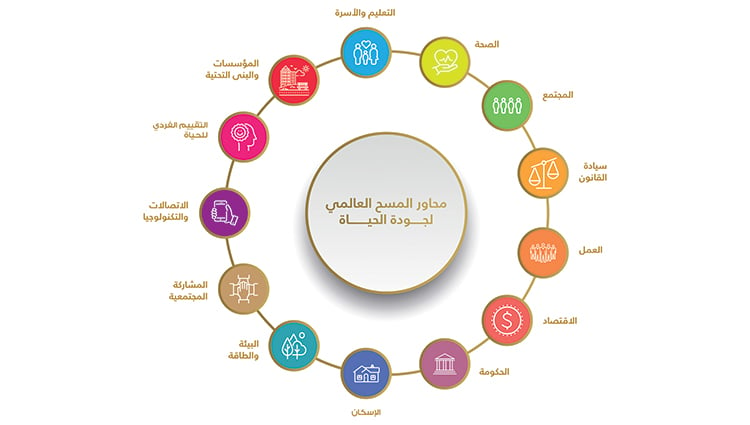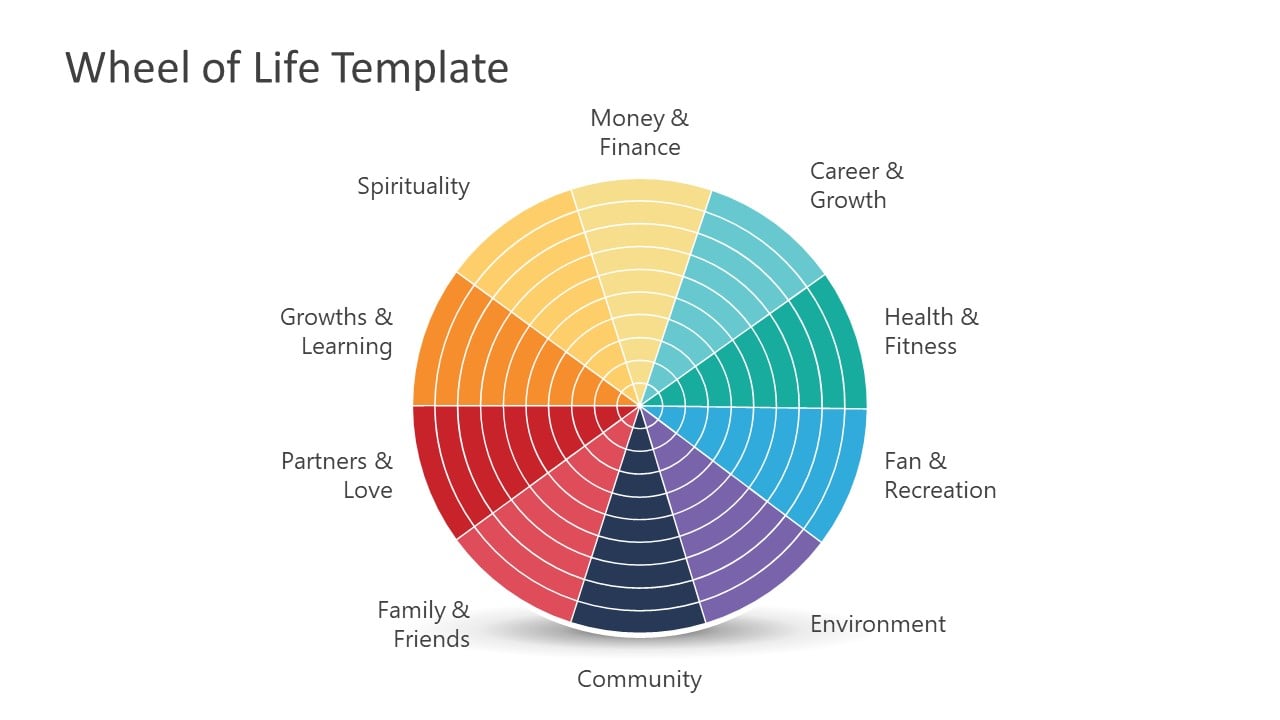Raising the quality of life for individuals is one of the goals we are working to achieve at "Travencer," based on the Vision 2030 of the Kingdom to raise the quality of life in the country.
We work on providing solutions, programs, and trips that meet the needs of individuals and contribute to improving their lives. Through the development and implementation of innovative projects and initiatives, we strive to provide a stimulating and sustainable environment that contributes to improving the quality of individuals' lives and promotes societal development.
We are confident that raising the quality of life depends on teamwork and effective partnerships. Therefore, we seek to collaborate with relevant entities, the local community, and strategic partners to achieve positive and sustainable results in the field of raising the quality of life.
But, what about individuals? Here we will talk a little about the quality of life for individuals.

What is Quality of Life?
Quality of life is a term used to describe the level of comfort, happiness, and overall satisfaction in individuals' or communities' lives. Quality of life includes several aspects such as physical and mental health, social life and personal relationships, material and economic level, environment and housing quality, education and culture, and other factors that affect individual or community satisfaction and well-being.
The Institute of Higher Business Studies published an article in Forbes magazine in 2016, defining quality of life as "the general well-being of individuals and communities, summarizing the positive and negative features of life." Quality of life measures satisfaction with life, including everything from physical health, family, education, employment, wealth, security, ensuring freedom, religious beliefs, and the environment.
Generally, quality of life is measured through studies and surveys that include various indicators such as income and wealth level, education level, individual satisfaction with their work life, personal freedom, safety and security, and other variables related to individuals' lives and their communities. Analyzing these indicators helps understand the level of quality of life and identify areas that need improvement and development.
How Do We Measure Quality of Life?
Quality of life can be measured at different levels, whether at the national, city, or individual level.
At the national level, multiple indicators are used to measure quality of life. This includes criteria such as national income level, education level, unemployment rates, crime rates, healthcare system, natural environment, and other economic and social factors that affect the quality of life in the country.
For cities, similar indicators can be used to measure quality of life. This includes the level of public services such as transportation, education, healthcare, housing quality and public facilities, urban environment and green spaces, and the cultural and recreational life available in the city.
At the individual level, personal scales can be used to measure quality of life. Individuals can determine what they consider most important to achieve a better quality of life, such as personal health and well-being, emotional satisfaction, social relationships, professional success, and personal development.
It is important to choose the level at which quality of life is measured according to the desired purpose and the important standards for the individual or standardizing entity. Analyzing these indicators helps understand the quality of life and identify areas that need improvement and development.

What is a Life Wheel Diagram?
The Life Wheel Diagram is a tool used to assess and improve the quality of life in its various aspects. The diagram consists of a circle representing a set of different dimensions of life, such as health, education, work, personal relationships, entertainment, personal development, and other important aspects.
The circle is divided into sections or bands representing these different dimensions. Each aspect is evaluated separately, and the level of satisfaction or contentment in each aspect is determined. The Life Wheel Diagram can be used to identify areas that need improvement and development to achieve a better quality of life.
Once the areas that need improvement are identified, actions can be taken to achieve balance and improve the quality of life. For example, if health is considered an important aspect that needs improvement, steps can be taken to improve physical fitness, adopt a healthy diet, and take care of personal well-being.
The Life Wheel Diagram is connected to the quality of life by improving the different aspects of life. When different dimensions such as health, education, work, and personal relationships are improved, it can lead to increased satisfaction, happiness, and overall improvement in the quality of life.
To benefit from the Life Wheel Diagram, you can follow the following steps:
- Identify the different dimensions of life that matter to you and that you want to improve.
- Evaluate each aspect separately and determine the level of satisfaction or contentment in each aspect.
- Get a comprehensive view of life balance and identify areas that need improvement.
- Take actions to achieve balance and enhance the quality of life in areas that need improvement.
By using the Life Wheel Diagram and following the mentioned steps, you can work on improving the quality of your life and achieving balance in various aspects of life. This contributes to increased satisfaction, happiness, and overall improvement in the quality of your life.
The Impact of Tourism Activities on Quality of Life
Tourism trips play an important role in improving the quality of life and enhancing satisfaction and happiness. Here are some positive effects of tourism trips on improving the quality of life:
- Communication and Social Interaction: Traveling provides an opportunity for communication and interaction with different cultures and meeting new people. Interacting with others can improve social relationships, increase the sense of belonging, and promote positive communication.
- Learning and Personal Development: Tourism trips provide an opportunity to discover different cultures and gain new knowledge. Learning new languages, understanding local history and heritage, and enjoying local arts and music contribute to personal development and expanding horizons of knowledge.
- Relaxation and Renewal: Tourism trips provide an opportunity to get away from the pressures of daily life, relax, and renew. Enjoying breathtaking landscapes and taking a break at beaches or mountains helps alleviate stress, renew energy, and increase happiness and well-being.
- Reflection and Contemplation: Traveling also provides an opportunity for reflection and contemplation in life. Distancing yourself from the daily routine and immersing in new experiences can lead to reflection on your goals, dreams, and evaluating your life path. This may contribute to improved self-awareness and achieving inner balance.
- Interaction with Nature: Tourism trips can provide an opportunity to enjoy and interact with nature. You can enjoy hiking in national parks or engage in activities such as cycling or climbing. This connection with nature enhances the feeling of happiness and harmony with the environment.
In summary, tourism trips contribute to improving the quality of life by providing opportunities for social communication, learning and personal development, relaxation and renewal, reflection and contemplation, and interaction with nature. When you travel, you can explore new worlds, expand your horizons, and increase satisfaction and happiness in your life.
References:
Quality Of Life: Everyone Wants It, But What Is It? (forbes.com)

